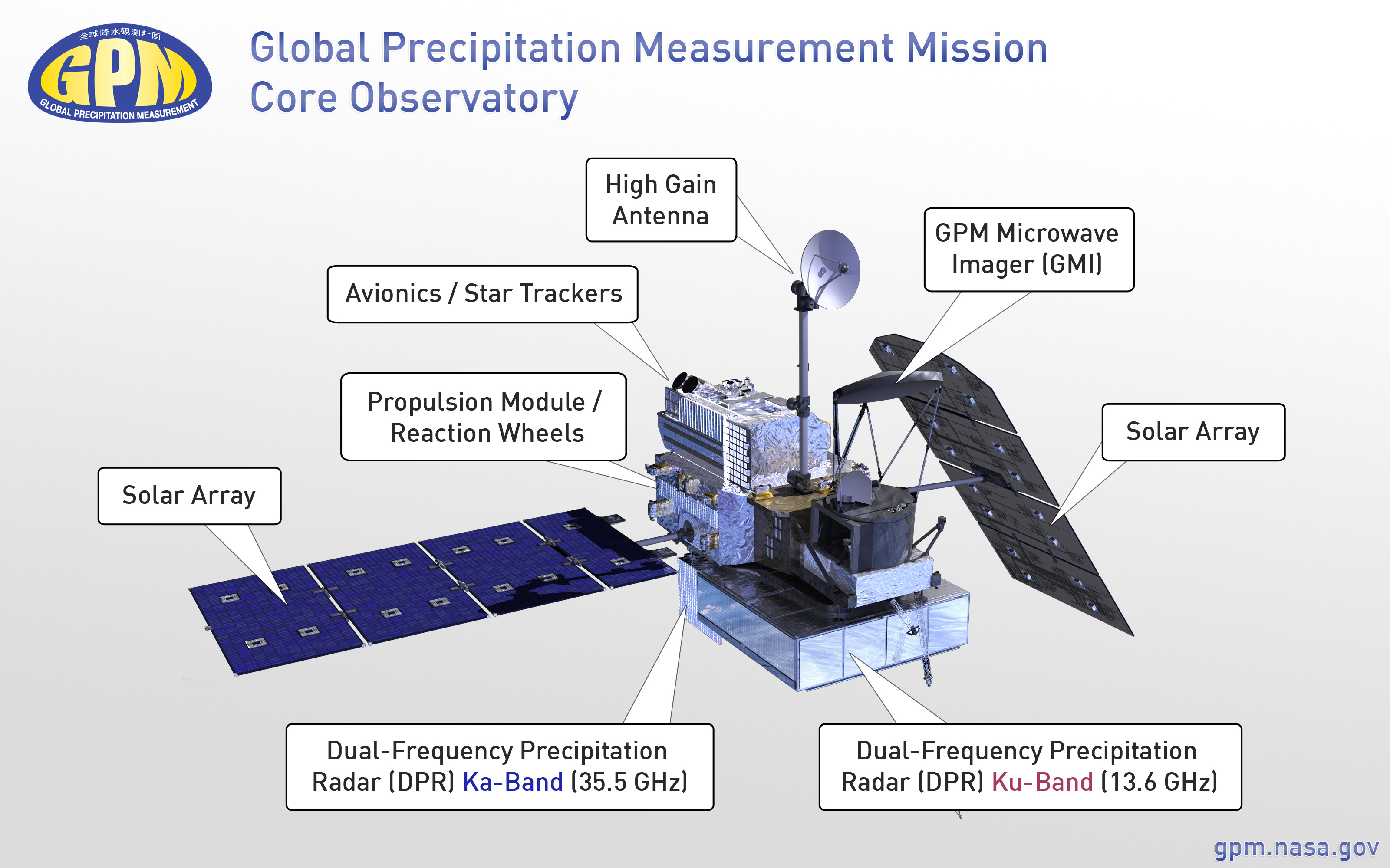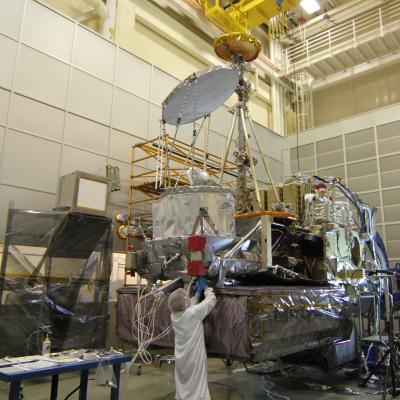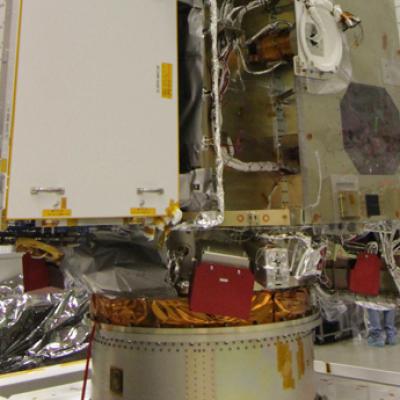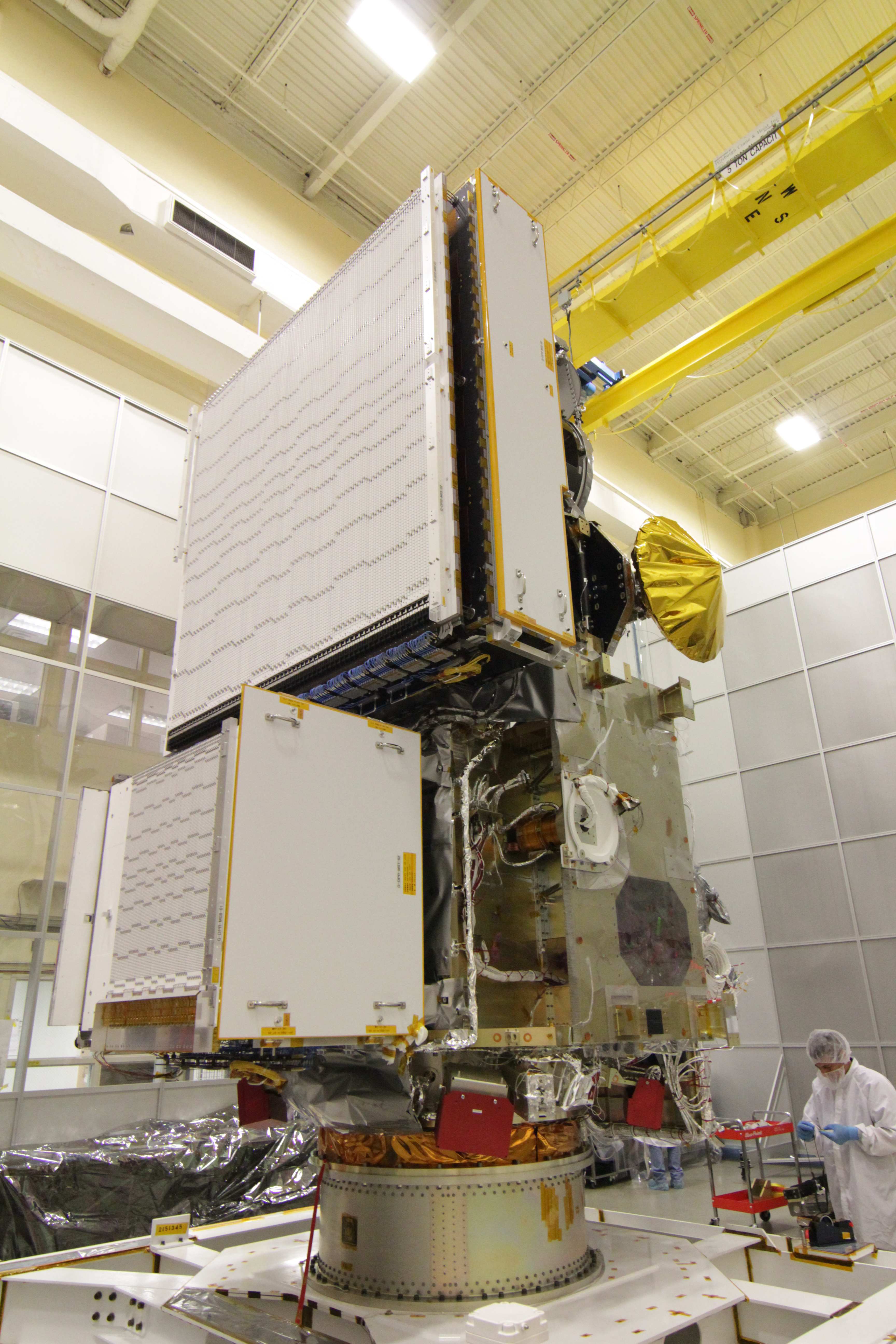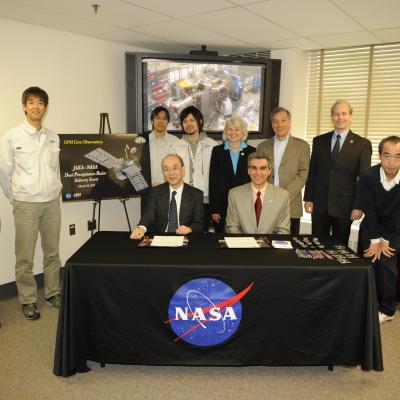Lecture: Finding Hot Towers in Hurricanes
Owen Kelley, research scientist at NASA Goddard Space Flight Center, discusses the science, the technology and the researcher who coined the term "hot tower" 50 years ago. During the past decade, NASA's Tropical Rainfall Measuring Mission satellite has been able to collect definitive statistics on the association of hot towers (towering thunderclouds) and hurricane intensification.


